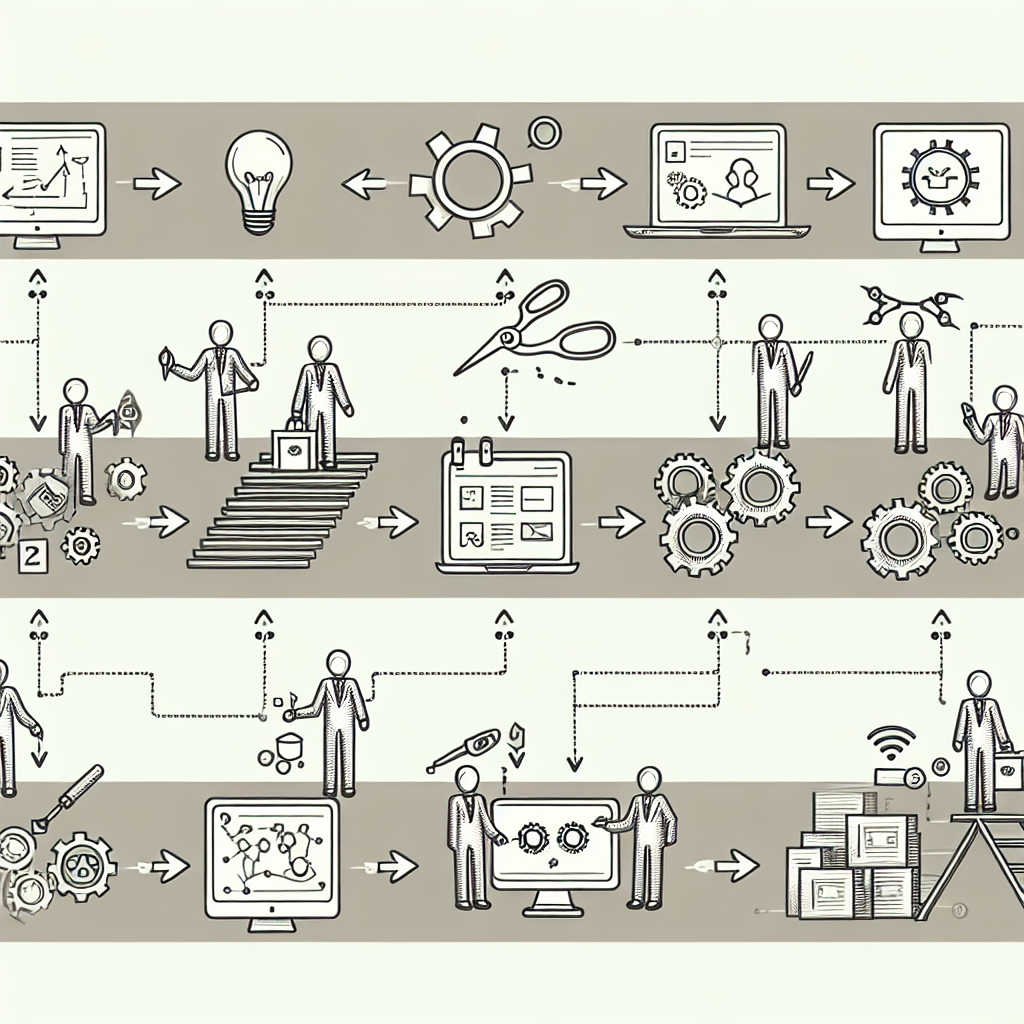Understanding Business Requirements Documents (BRDs) and Solution Requirements Documents (SRDs)
Let’s demystify the world of requirements documentation and help you create documents that truly shine! Whether you’re a project manager, business analyst, or tech professional, crafting high-impact BRDs and SRDs can make or break your project’s success.
What’s the Difference Between BRDs and SRDs?
- Business Requirements Document (BRD): This is your big-picture blueprint. It captures the high-level business goals, stakeholder needs, and overall project vision.
- Solution Requirements Document (SRD): Think of this as the detailed roadmap that breaks down exactly how you’ll meet those business objectives.
Key Elements of a Knockout BRD
- Clear Business Context
Start by painting a vivid picture of why this project matters. What business problem are you solving? What opportunities will this create?
- Stakeholder Alignment
Document input from key stakeholders, ensuring everyone’s expectations and priorities are captured and understood.
- Measurable Objectives
Define specific, quantifiable goals that will help you track success.
Crafting a Comprehensive SRD
Your SRD should be the ultimate detailed guide that transforms business requirements into actionable technical specifications.
Must-Have SRD Components:
- Detailed functional requirements
- Technical constraints and assumptions
- User interaction flows
- Performance expectations
- Integration points
Pro Tips for Creating Exceptional Documents
Here are some game-changing strategies to elevate your requirements documentation:
- Use Clear, Concise Language
Avoid technical jargon. Write as if you’re explaining the project to a smart friend who isn’t in your specific field.
- Visualize Complex Concepts
Incorporate diagrams, flowcharts, and wireframes to make complex ideas more digestible.
- Validate Continuously
Requirements aren’t set in stone. Schedule regular reviews with stakeholders to ensure ongoing alignment.
- Being too vague
- Overlooking potential constraints
- Failing to get stakeholder sign-off
- Ignoring potential changes and flexibility
Common Pitfalls to Avoid
Final Thoughts
Creating exceptional BRDs and SRDs is part art, part science. It requires clear communication, technical insight, and a deep understanding of business objectives.
Remember: Your documentation is the bridge between business vision and technical execution. Make it count!




